Homemade Mulberry Wine Recipe

There are plenty of mulberry wine recipes around – there’s even one featured in the cook-book classic Good Things in England by Florence White!
Admittedly, it’s a bit outdated, but it just goes to show that we’ve been making mulberry wine for a long time.
Just like fresh, ripe mulberries, homemade mulberry wine is sweet with a hint of tartness. Although it does take a relatively long time to make – about 13 months, not counting the standing time after bottling – it’s well worth it, especially since it doesn’t take much effort.
Without further ado, here’s the best mulberry wine recipe you’ll ever try.
Ingredients
For one gallon of mulberry wine, you’ll need:
- 4 lbs mulberries – the fruit should be fresh and ripe enough to eat, but not overripe to the point of falling apart or being too easily squashed
- 2 ½ lbs granulated sugar
- Wine yeast – ideally of the Bordeaux variety
- 1 tsp yeast nutrient
- 1 tsp acid blend
- 1 tsp pectic enzyme
- 1 Campden tablet
- 1 gallon filtered water
Equipment
- 1 primary vessel – ideally, a winemaking bucket. Technically, any non-airtight, non-reactive, food-safe container will do, but a purpose-made winemaking bucket will be the most convenient choice.
- 2 glass demijohns with a fitted airlock and bung – the wine will need to be siphoned into a clean vessel several times during secondary fermentation. Although with a degree of creativity, it’s possible to make-do with one demijohn, having two will make the process much easier and safer for the wine.
- potato masher or a fork, which will be used for mashing the fruit into a pulp.
- siphon tube for racking, i.e. moving the liquid between containers.
- strainer or sieve – a funnel covered with a clean cheesecloth can also do the job, although it’ll likely make the process messier.
- glass bottles for storing the finished mulberry wine.
How to make Mulberry Wine
This is where the fun starts! We'll start by getting the fruit ready.
1. Preparing the fruit
Start by preparing the fruit. The mulberries should be relieved of stems and thoroughly washed, then placed in a winemaking bucket or a similar container.
This particular recipe calls for 4 lbs of fruit, though you’re likely to come across mulberry wine recipes asking for anywhere between 2 and 5 lbs.
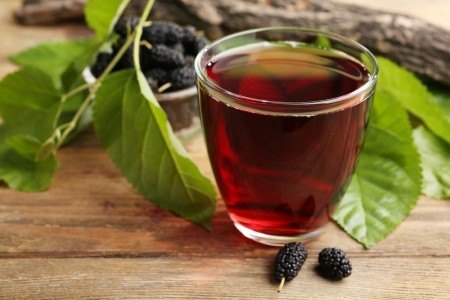
Using a clean potato masher or a fork, mash the mulberries into a fine pulp. Provided that they are ripe enough to be used for winemaking, they should release a lot of juice.
Recommended: Don't miss our persimmon wine recipe next.
2. Mixing the ingredients (and primary fermentation)
Collect your sugar, acid blend, pectic enzyme, and yeast nutrient.
Add them to the fruit along with one gallon of water. It's important that the water doesn't contain any bacteria or anything that might spoil your wine. Therefore, use filtered water or give it a boil beforehand (and let it cool) if using tap water.
Next, we add the Campden tablet. Smash it into a fine powder so that it mixes easily.
The role of the Campden tablet is to remove any residual wild yeast from the fruit and also sterilize the mixture from bacteria.
Stir your mixture slowly until all of the sugar has dissolved.
You need to then let it rest for around 12 hours. This is to allow the Campden tablet to work its magic.
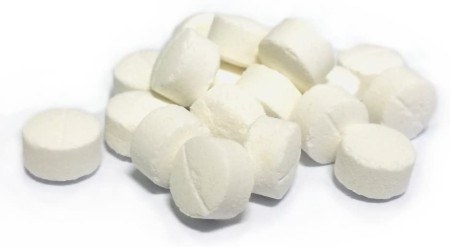
After 12 hours, we can add the yeast. Again, it's important to stir the mixture well.
After this it's more waiting I'm afraid! Winemaking is definitely for the more patient people out there.
This time we need to give the mixture 5 days.
However, it needs to be stirred well each day. Your vessel should remain covered but not airtight (carbon dioxide will be released as the yeast causes fermentation to happen).
Related: Keen to learn more about the role of yeast in winemaking? Don't miss our guide.
3. The secondary fermentation
Ok, five days is up. You've stirred the mixture daily and it's looking great!
Next, we remove the fruit pulp.
A large strainer or sieve is ideal for this but something like a muslin cloth can work too. Just make sure whatever you use is sterilized.
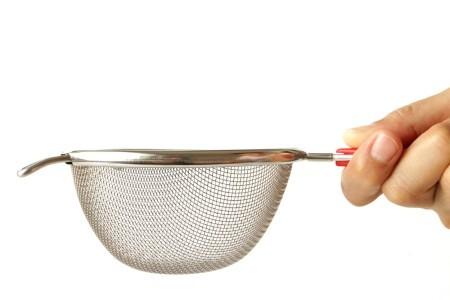
Fill one of the demijohns with the filtered must.
Squeeze out every drop of juice from the berry pulp. Your hard work will be rewarded with a fuller flavor wine.
When finished secure the top with the airlock. The demijohn should then be stored in a cool and dark place. A cupboard is ideal.
4. Racking
After one month, rack the wine into a clean demijohn. The purpose behind this process is to leave the fermentation sediment behind, keeping only the liquid.
Make sure to sterilize the vessel and the siphon before use. Gently transfer the liquid into the new demijohn, taking care to leave behind the residue on the bottom of the first demijohn.
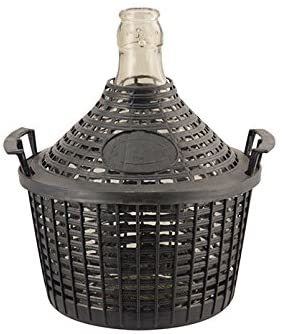
The mulberry wine will now need to ferment for another 12 months. During this time, rack the wine approximately every 3 months, to remove the sediment.
After the 12 months have passed, the wine should be clear and stable – which is to say that the fermentation process should have naturally stopped. You can tell that it has by the absence of bubbles forming in the airlock.
If bubbles are still appearing, wait for them to stop before bottling the wine.
5. Bottling
Now that the wine has cleared and stabilized, it’s ready to be poured out into bottles, glass ones being the recommended option.
Remember that both the bottles and any tools you use for pouring out the wine (e.g. siphon) should be carefully sterilized first. Wouldn’t it be a shame if something went wrong now, after such a long wait!
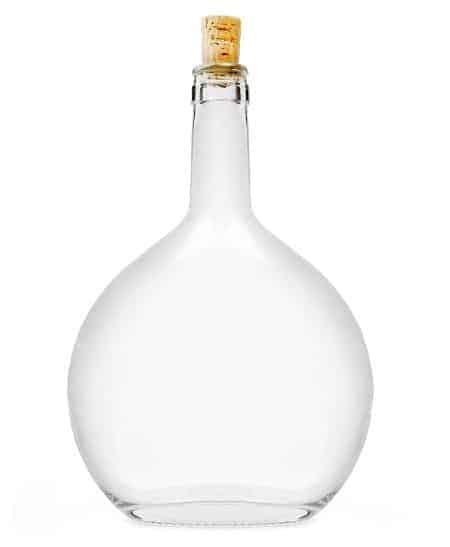
After bottling the wine and corking (or capping) the bottles, place them in a dark, cool place and… leave them be. Homemade mulberry wine has to mature after bottling, for at least 6 months. The recommended time it should spend unopened is actually around two years.
The idea is that the longer the wine remains bottled, the richer and fuller its flavor will be.
Recommended: Making a plum wine is easy with this simple to follow recipe.
Summary
To recap, here are the steps you need to take for making mulberry wine:
- Mash clean mulberries in a winemaking bucket and add all of the ingredients except yeast. Leave for 12 hours.
- Add yeast and stir daily for 5 days.
- Strain the must into a demijohn, keeping only the liquid and squeezing the juice out of the mulberries.
- Rack after one month, then once every 3 months until a full year has passed.
- Bottle when clear and stable and drink after a minimum of 6 months.
Here we are! If you enjoyed this mulberry wine recipe, make sure to try out our other homemade fruit wine recipes.

Cool! Great grandpa's lost traditions will now be mine again, grandma will be in spirit as I drink my spirits
Hi Tim. Thank you for sharing your recipe. I made mulberry wine several years ago but it was a bit too potent for me (I just winged it) – so I'm eager to try a proper recipe! Just wondering if you can suggest some other yeasts to use as I am unable to source your variety here in Western Australia, without buying bulk. I'm looking for a one batch amount/variety please?
Hi Zara,
You can use something like this: https://www.midwestsupplies.com/products/red-star-montrachet-yeast
Or any similar red wine yeast will work.
Good luck!
Tim
Recently purchased some Mulberry Trees, thanks for the recipe. Hopefully I will live long enough to get mulberries AND be able to make it through the fermentation period……No spring chicken here.